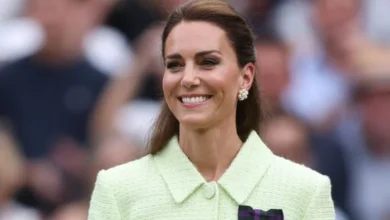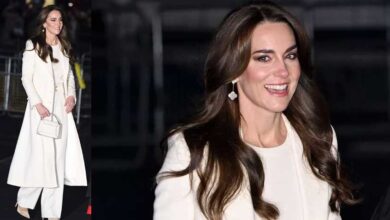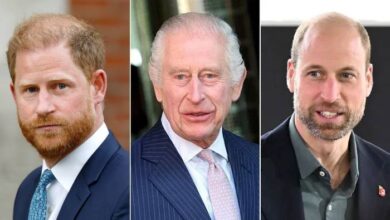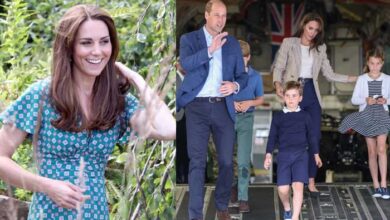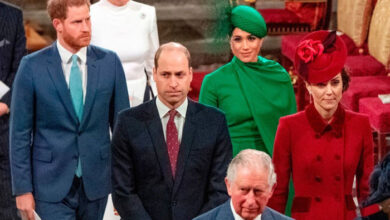King Charles Sparks Royal Storm as Prince William Faces Backlash Over Shocking Snub
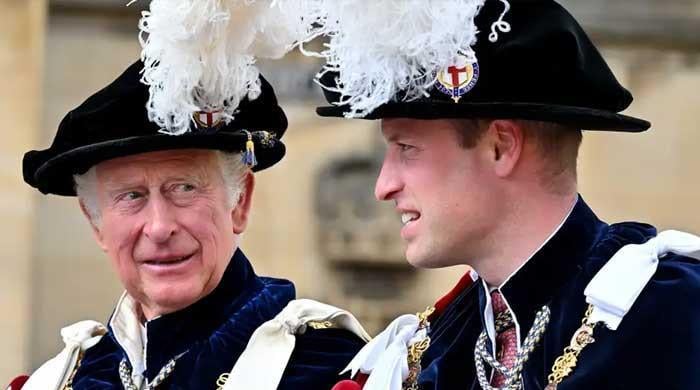
King Charles has once again captured the attention of royal supporters after stepping out in full Scottish Highland dress during his arrival at Balmoral Castle. His display of cultural pride has not only won praise but also reignited questions about Prince William’s refusal to follow the same tradition.
The monarch was photographed wearing a kilt as he began his annual summer stay at the royal family’s Scottish estate. Buckingham Palace shared the images, which quickly drew admiration from those who value the King’s efforts to embrace Scotland’s heritage.
For many, Charles’ choice represented more than just clothing. It was a public commitment to tradition, symbolizing his respect for one of the United Kingdom’s most culturally distinct nations. His gesture has only increased scrutiny of his eldest son.
Prince William, who holds multiple Scottish titles, including Duke of Rothesay, Earl of Carrick, and Lord of the Isles, has consistently avoided wearing kilts during public engagements. Despite his prestigious connections to Scotland, the heir to the throne has never publicly embraced Highland dress.
Critics argue that William’s reluctance is more than a matter of style. To some, it suggests a failure to honor the cultural traditions associated with the titles he inherited. This perception, they claim, undermines his role as a future monarch expected to represent the unity of the United Kingdom.
The contrast between father and son has grown increasingly visible in recent years. King Charles has long been known for his affection for Scotland, often wearing kilts at ceremonial events and informal gatherings alike. His comfort with local traditions stands in sharp opposition to William’s preference for conventional suits.
Observers believe this divide could become politically significant. With rising debates over Scotland’s place in the union, the royal family’s ability to demonstrate cultural respect is viewed by many as an important symbol of unity.
Royal watchers also point out that William’s decision carries added weight because of his position as heir apparent. Unlike his father, who has decades of experience engaging with Scotland, William’s avoidance of kilts has fueled speculation about whether he fully understands the importance of tradition in maintaining national bonds.
Read More: Kate Middleton Shocks Royal Fans With Bold Move That Could Redefine Prince William’s Future as King
Some believe the Prince of Wales simply prefers modern formal wear and does not wish to appear outdated. However, others insist that the symbolism of a kilt transcends fashion, making his absence in Highland dress increasingly noticeable and controversial.
This debate has surfaced repeatedly during William’s visits to Scotland, where his polished but conventional attire has often contrasted with the local culture. Each time, supporters of the monarchy hope to see him in traditional dress, only to be met with disappointment.
The scrutiny has intensified since Charles ascended the throne. By wearing the kilt so proudly, the King has raised the standard of cultural engagement, making his son’s avoidance even more pronounced. For royal critics, the issue is not about personal taste but about the larger role of the monarchy in reflecting shared traditions.
Some royal experts suggest that William may eventually adopt the Highland dress as he grows into his role. They argue that his avoidance so far may reflect caution rather than rejection, and that a future appearance in a kilt could generate a powerful wave of positive publicity.
Others remain unconvinced, noting that William has had ample opportunities over the years but continues to resist. They warn that the longer he avoids embracing the tradition, the more out of touch he risks appearing with Scottish citizens.
At a time when the monarchy faces growing questions about its relevance, small symbols of cultural respect may carry great weight. King Charles has set a clear example by honoring Scottish traditions, leaving the question of whether his son will follow in his footsteps looming larger than ever.
For now, the debate remains unresolved. But as William prepares to step closer to the throne, the absence of a kilt in his wardrobe is becoming more than a personal choice. It is turning into a test of how well he can balance tradition, modernity, and the expectations of the people he is destined to rule.
